Roofing material of the RKP brand
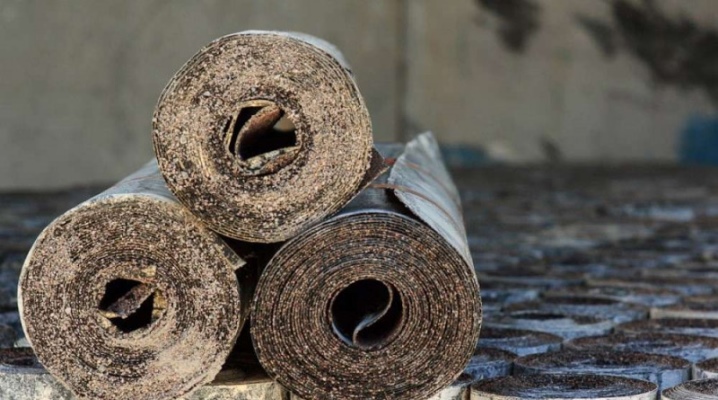
Roofing material is a building material with a wide range of applications; it is in demand when creating waterproofing of concrete structures and arranging a roof. The coating has its own subspecies and brands, the main difference between them comes down to the composition of the bitumen base. One of the most common types of roofing material is RCP.
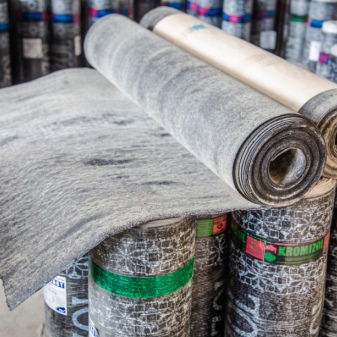
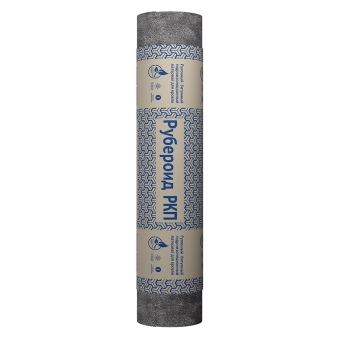
How does it stand for?
In accordance with the accepted GOST 10923-93, all types of roofing material are subject to mandatory labeling. It assumes an acronym that includes basic information about a product's features.
- Type of product. The first symbol of the marking indicates the parameters of the coating. All types of roofing material are designated by the letter "P".
- Purpose of the product. Determined by the second character immediately after the "P":
- "P" - indicates a group of lining materials;
- "K" - refers to roofing materials, they are in demand when installing the upper part of the "roofing pie".
- Spreading type. The third symbol determines the features of the finishing layer of roofing material, there are four options used:
- K - coarse-grained, it is made from stone chips;
- M - fine-grained, from river sand;
- Ch - scaly, made of mica and quartz;
- P - dusty, it is made from chalk or talc magnesite.
- Base strength. The last letter denotes the density of the cardboard taken for the manufacture of roofing material.
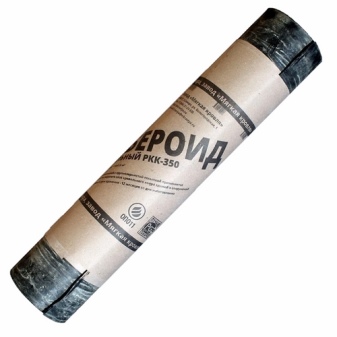

After the letter designations in the marking are numerical ones, they correspond to the mass per square meter of material, measured in grams. Most of the coatings on the market have a density in the range of 200-400 g / sq. m.
Thus, abbreviation RCP corresponds to "roofing felt with a dusty powder".
Depending on the type of cardboard, it can have parameters 350, as well as 400 and 450.
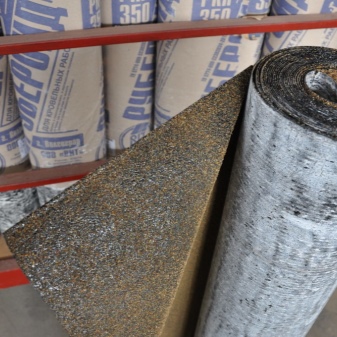
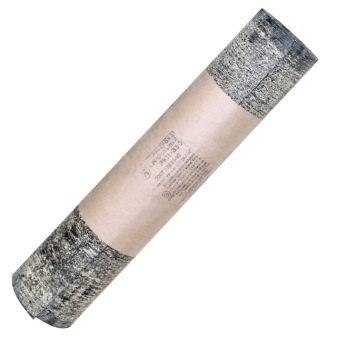
Marking and specifications
The most widespread in low-rise construction is roofing material marked RCP 350. It is in demand when installing shelters for pitched and flat roofs, as well as for creating waterproofing. The material is distinguished by a dusty powder, and the density of the cardboard base corresponds to 350 g / sq. m. It is UV-resistant and moisture-proof material. It is used mainly for the lower layers of the roofing structure; laying in the upper part is allowed only in temporary structures.
There are 2 modifications of building materials:
- RCP 350;
- RCP 350-0.
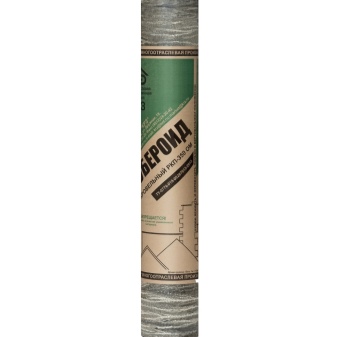
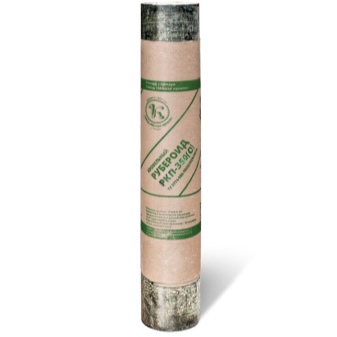
The second type of roofing material is considered lightweight, it is distinguished by a finer dusting based on talcum powder without crumb impurities. Its tear resistance is minimal. Such material is in demand exclusively for creating waterproofing of the main roof structure.
The basic modification of RCP 350 has a high density and tensile strength, therefore it can be used for covering the finishing layer of the roof. For the manufacture of such a roofing material, thick cardboard is used, it is impregnated with oil-containing substances, and then covered with heat-resistant bitumen on both sides. Sprinkle talcum powder or talc magnesite on top. This technology ensures the creation of high-quality material with improved performance properties. Roofing material RKP 350 is easy to operate, besides, it is affordable: the cost of one roll in stores is 230–270 rubles.
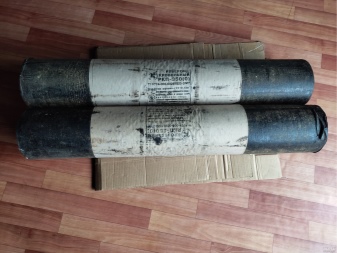

The main technical properties are regulated by the current regulations:
- width of one roll - 1000/1025/1050 mm;
- length of one roll - 15 m;
- the area of one roll is 10/15/20 sq. m .;
- weight - 2 kg / sq. m .;
- the concentration of bituminous components does not exceed 0.8 kg / sq. m .;
- ultimate tensile strength - 280N;
- specific gravity - 0.35-0.4 kg / sq. m .;
- heat resistance - not lower than 80 degrees for 2 hours;
- moisture resistance - 72 hours at a pressure within 001 kgf / cm2.
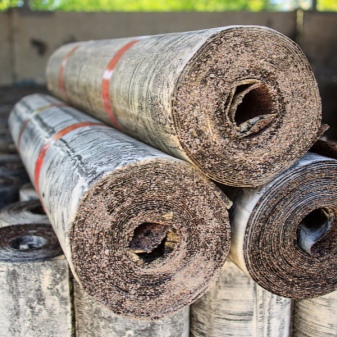
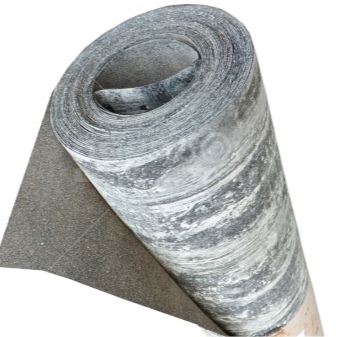
What is the difference from RPP?
RCP is a roofing type roofing felt with a dusty powder. In terms of its technical and operational parameters and performance characteristics, it is most similar to the RPP 300 coating, the RPK 350A is used a little less often. These roofing materials are in demand when installing roof waterproofing. Roofing materials RPP and RKP are obtained on the basis of impregnation of cardboard with bitumen compositions with further application of a dusty powder.
However, the technical features of the RCP and RPP have their own differences:
- the weight of the RPP 300 coating is 500 g / sq. m., it is much lighter than the RCP 350;
- breaking strength - 220 N, which is also lower than that of the RCP 350.
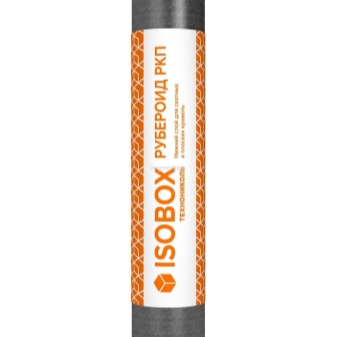

The rest of the parameters (roll dimensions, heat and water resistance) are at the same level.
This difference determines the features of the use of materials. Both are in demand when organizing waterproofing of roof structures. They are used as an element of the "roofing cake" for ondulin or metal tiles, in which case the period of their service is about 10 years. However, RCP can be laid as a finishing coating for temporary structures, although in this case the operational life of the material does not exceed 3-5 years. RPP does not allow such use.
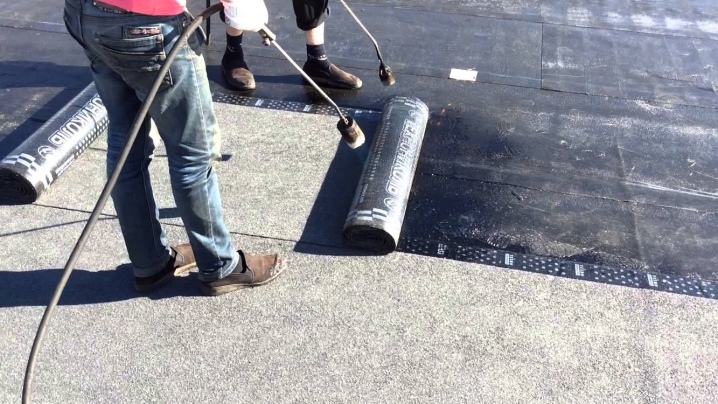
Where is it applied?
Roofing material RKP 350 is in demand when performing work related to the repair and creation of a roof. In addition, this type of coating has found its application in waterproofing foundations. This is a demanded material, most experts note such positive characteristics as:
- high parameters of waterproofing;
- ease of installation work;
- low specific gravity;
- environmental Safety;
- relatively low cost.

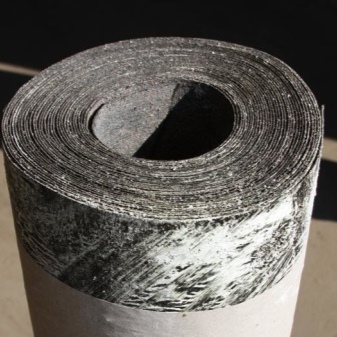
However, the RCP roofing material is not devoid of its own shortcomings, although they practically do not limit the scope of this material in any way:
- short period of use;
- low fire resistance;
- the risk of premature destruction of the material in the event of exposure to direct ultraviolet rays;
- the possibility of stratification of roofing material during the installation of a multi-layer roofing structure;
- low parameters of elasticity.
Despite all these shortcomings, the technical characteristics of RCP roofing material meet all the basic requirements for waterproofing and roofing. That is why the material is very popular with the owners of summer cottages and country houses. It is used in the construction of sheds and other outbuildings.

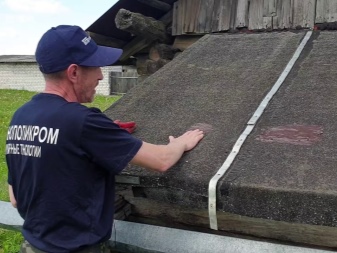
How to stack?
In the overwhelming majority of cases, RCP roofing material is laid by the cold method on bitumen mastic. To perform a reliable roof waterproofing, you will need:
- lining base RPP;
- roofing material RCP;
- bituminous primer;
- bituminous mastic;
- knife for cutting the canvas.
Before starting work, it is necessary to prepare the base. It must be leveled and clean, no potholes or cracks are allowed. Any defects should be preliminarily eliminated with a waterproofing mastic or cement mortar.
Only after that you can start laying the roofing material.
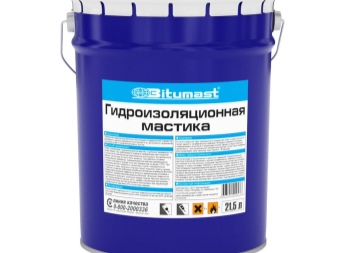
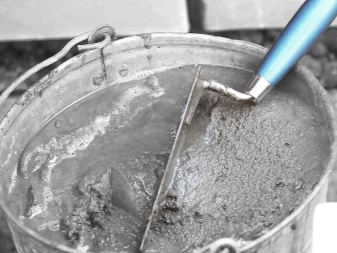
It is very simple to lay roofing material. First, mastic is applied to a small area, and then a layer of RCP roofing material is gradually unwound onto it. The coating should be fixed as tightly as possible and pressed firmly to the base. To perform waterproofing, you will need at least 3-4 layers, they are laid with an overlap. Thus, each subsequent layer of the canvas is laid so that its joint overlaps the joint of the previous elements by 15–20 cm. The finished coating is leveled with a mini-roller.
The mechanical method of laying roofing material RCP with the help of nails and slats is not widespread. In this case, the design is characterized by low performance characteristics, it can leak and does not provide the necessary protection against adverse environmental factors. In addition, during the installation process, the roofing material can break.
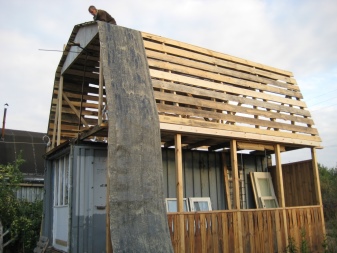
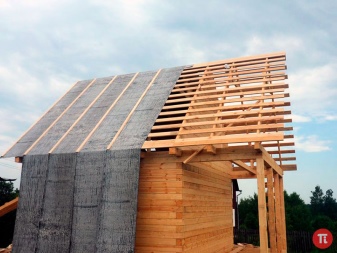













The comment was sent successfully.